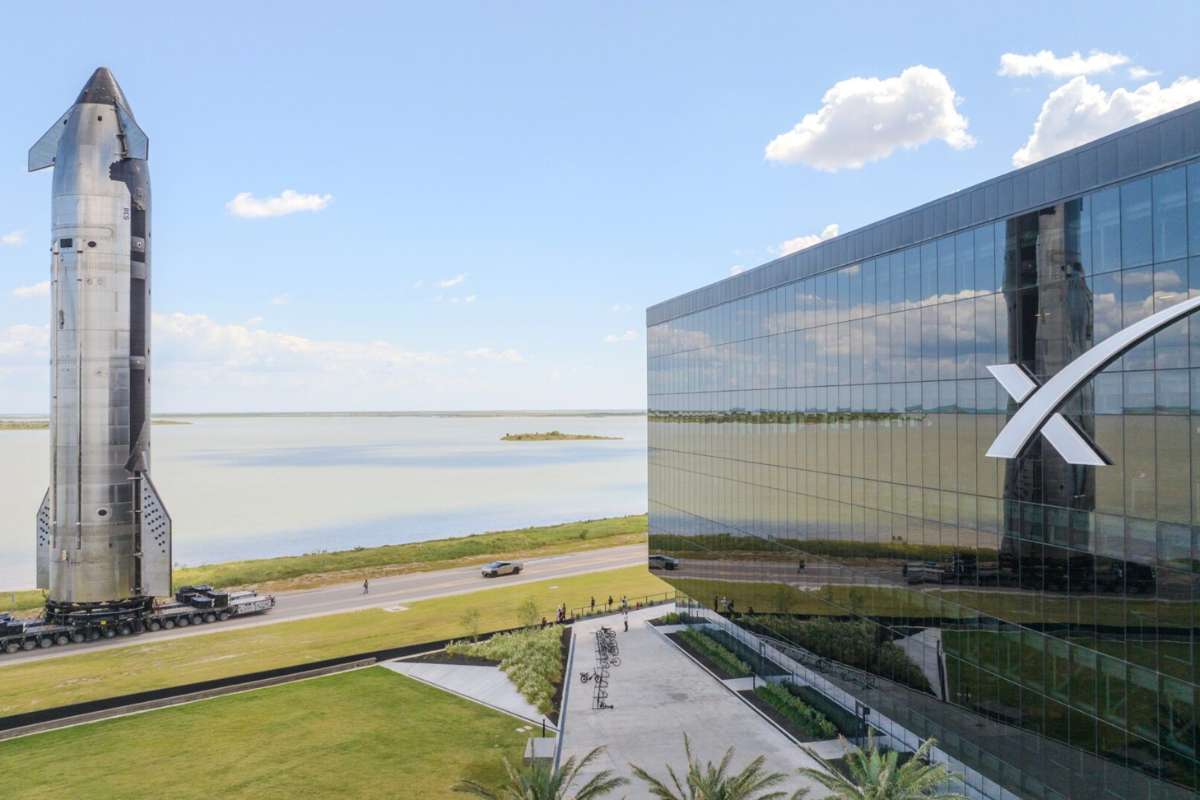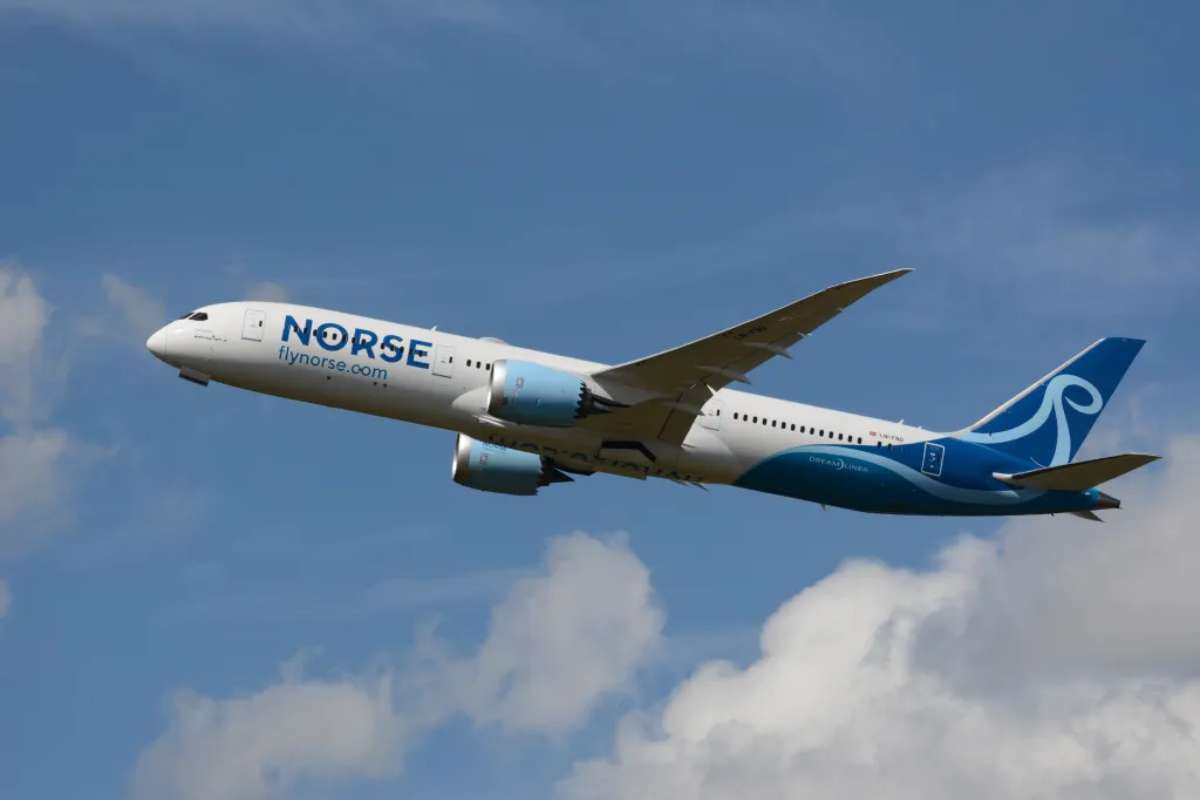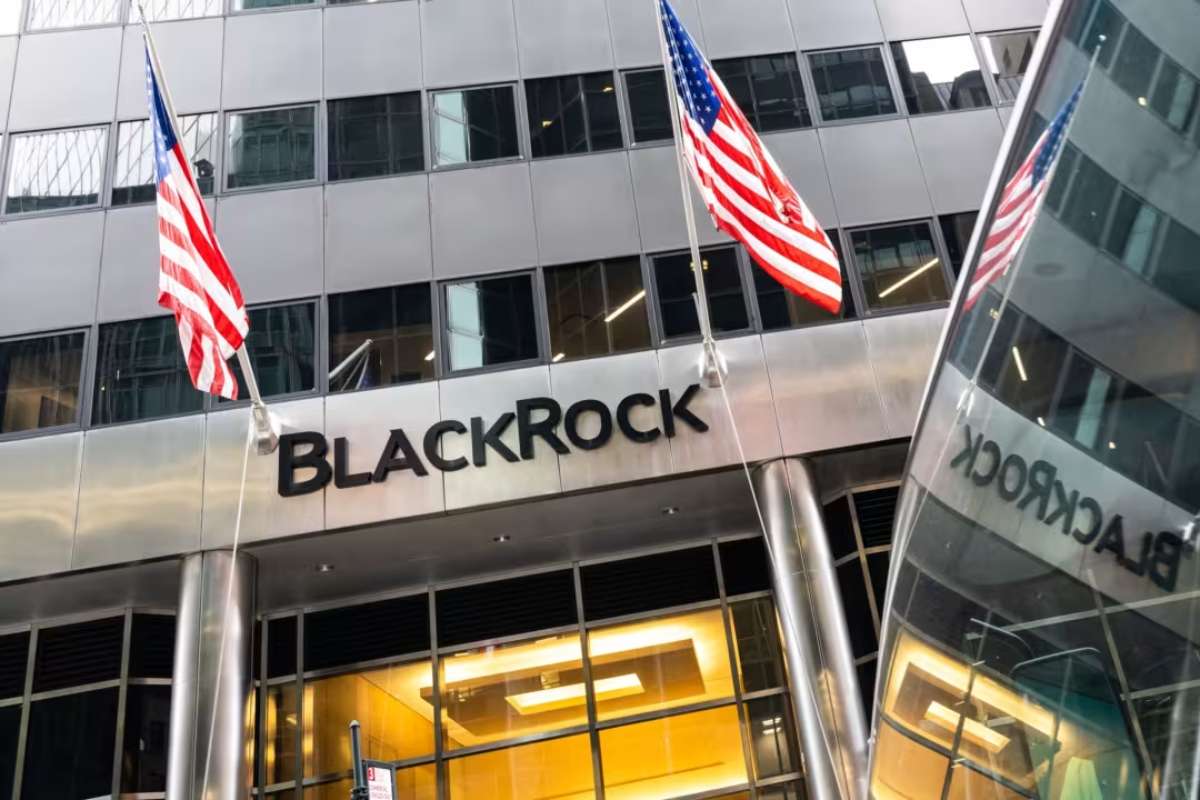Key Points:
- SpaceX targets Mars cargo missions at $100M/ton by 2030.
- Lunar deliveries begin in 2028 via Starship.
- Starlink and Starship upgrades fuel Musk’s space vision.
Elon Musk’s SpaceX has unveiled an ambitious plan to begin cargo missions to Mars by 2030, pricing each delivery at $100 million per metric ton. This figure, equivalent to around $45,000 per pound, marks a bold step toward making interplanetary transport commercially feasible and sets a clear benchmark in the evolving space economy.
The company’s updated roadmap outlines 2030 as the launch window for cargo deliveries to the Martian surface, aimed at supporting scientific research and early infrastructure development. SpaceX’s Starship rocket—touted as the most powerful spacecraft ever built—will serve as the backbone of these missions, designed to carry heavy payloads for future human colonization efforts.
By publishing a tangible pricing goal, SpaceX signals its growing confidence in the scalability and cost-efficiency of the Starship program. The firm also intends to kick off lunar cargo missions by 2028, gradually creating a multi-planet logistics framework that links Earth, the Moon, and Mars.
Starship’s Next Launch Marks a Critical Milestone
The announcement coincides with preparations for the 11th Starship test flight, expected to take place next week. The mission follows several successful flights demonstrating key advances in rocket reusability, stage separation, and controlled descent—all crucial for future deep-space operations.
Elon Musk’s SpaceX continues to iterate rapidly on its Starship design. Elon Musk has confirmed that advanced models, Starship V3 and V4, are already in development. These variants will be larger and more powerful, capable of transporting significantly heavier cargo than current versions. The company is reportedly targeting a V3 test flight before the end of this year.
Musk has repeatedly emphasized that once Starship achieves full operational reusability, SpaceX could handle over 95% of all global orbital payloads. If realized, this would cement its dominance in the commercial space industry and dramatically lower the cost of access to orbit—an essential step toward Mars colonization.
Strategic Expansion and Vision Beyond Earth
While Mars remains the ultimate goal, SpaceX is simultaneously expanding its reach in orbital communications through Starlink, its satellite internet arm. Recent acquisitions of new spectrum licenses worth billions will enhance its ability to deliver satellite-based smartphone connectivity and strengthen its global broadband network.
This broader expansion fits seamlessly into Musk’s long-term vision: to build a fully reusable, scalable transport system that can sustain life and commerce across multiple celestial bodies. The Mars cargo pricing model represents more than a cost estimate—it’s a blueprint for a sustainable space economy that could support research, construction, and eventually, habitation on other worlds.
If Elon Musk’s SpaceX achieves its $100 million-per-ton target, it could reshape the economics of interplanetary exploration. The model would allow both private enterprises and governmental agencies to participate in Mars missions at an unprecedented scale, paving the way for permanent human presence beyond Earth.
As the 11th Starship launch approaches, the aerospace world watches closely. Whether this milestone confirms SpaceX’s confidence or reveals new challenges, Elon Musk’s vision for a multi-planetary civilization continues to gain momentum—fueling humanity’s next great leap into space.











